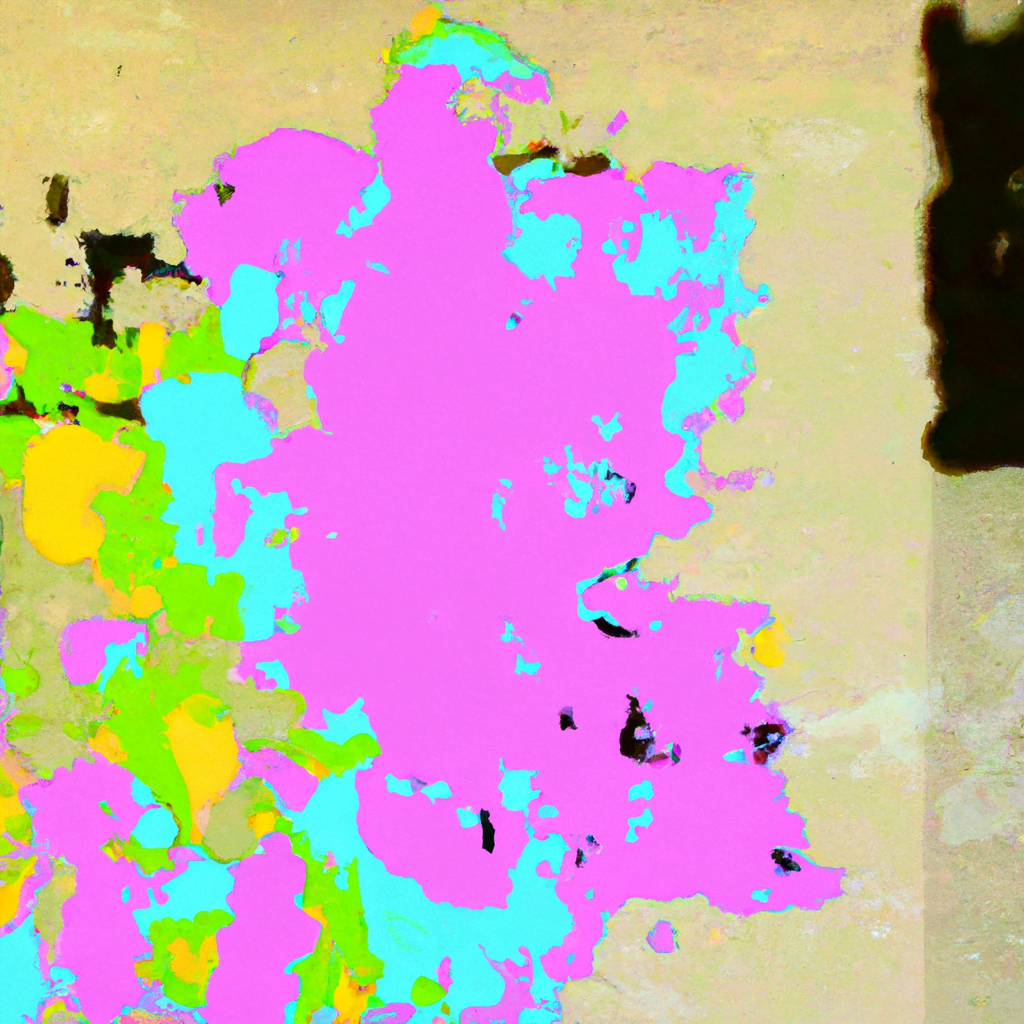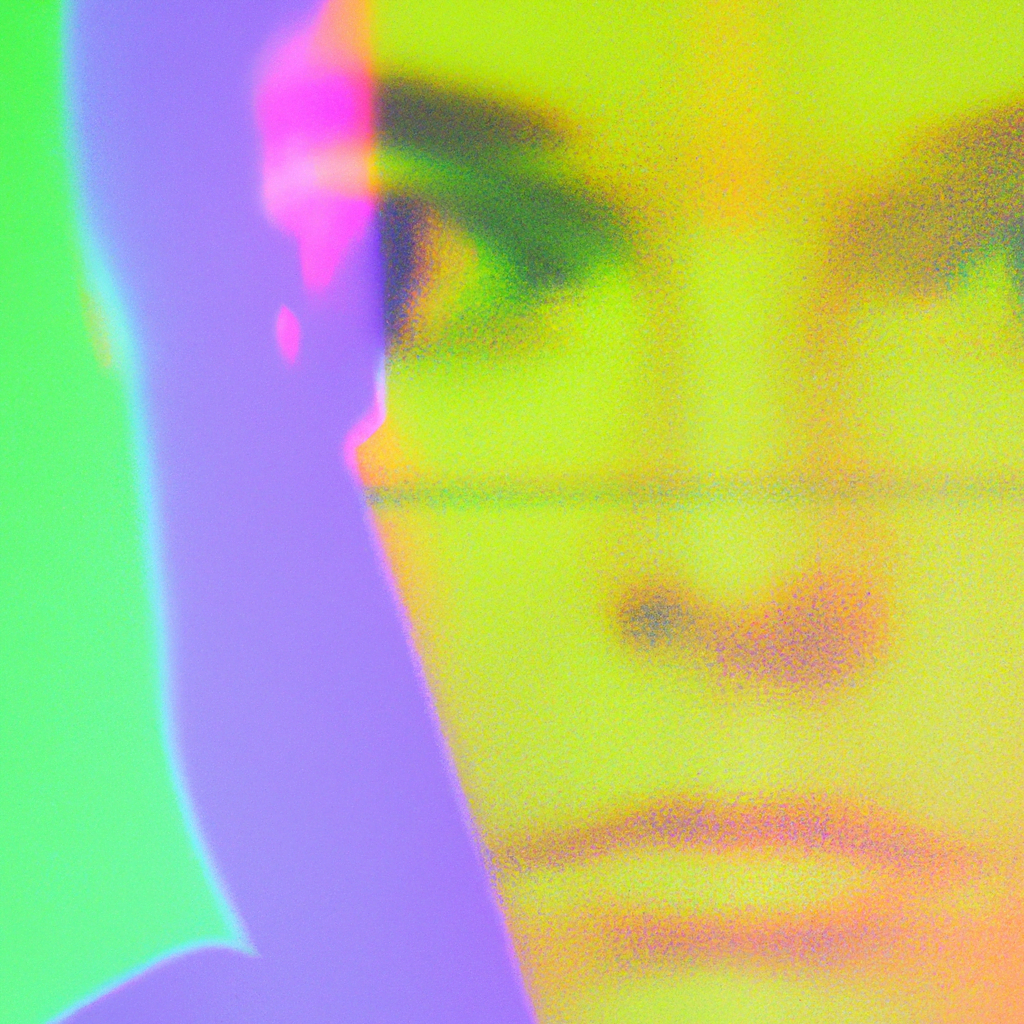
AI-Powered Color Theory and Color Harmonization in Design

Color is a powerful tool in design, capable of evoking emotions, conveying messages, and influencing user behavior. The use of color theory and color harmonization techniques can greatly enhance the effectiveness of design. With the advent of artificial intelligence (AI), designers now have access to advanced tools and algorithms that can analyze and generate color schemes with remarkable precision. In this article, we will explore the role of AI in color theory and color harmonization in design, and how it is revolutionizing the way designers approach color.
The Basics of Color Theory
Color theory is the study of how colors interact with each other and how they can be combined to create visually appealing compositions. It provides a framework for understanding the relationships between colors and their psychological effects on viewers. The three primary components of color theory are:
- Color Wheel: The color wheel is a visual representation of the spectrum of colors. It consists of primary, secondary, and tertiary colors arranged in a circular format. The color wheel is a fundamental tool in color theory, as it helps designers understand color relationships and create harmonious color schemes.
- Color Harmony: Color harmony refers to the pleasing arrangement of colors in a design. It involves selecting colors that work well together and create a sense of balance and unity. There are various color harmony techniques, such as complementary, analogous, triadic, and monochromatic color schemes.
- Color Psychology: Color psychology explores the emotional and psychological effects of colors on individuals. Different colors can evoke different emotions and associations. For example, red is often associated with passion and energy, while blue is associated with calmness and trust.
The Role of AI in Color Theory
AI has revolutionized the field of color theory by providing designers with powerful tools and algorithms that can analyze and generate color schemes. AI algorithms can process vast amounts of data and extract meaningful insights, enabling designers to make informed decisions about color selection and composition. Here are some ways AI is transforming color theory:
Color Analysis and Prediction
AI algorithms can analyze large datasets of images, designs, and user preferences to identify patterns and trends in color usage. By analyzing the color palettes of successful designs or popular brands, AI can predict which colors are likely to resonate with target audiences. This data-driven approach helps designers make informed decisions about color selection and create designs that are visually appealing and engaging.
Color Extraction from Images
AI-powered tools can extract colors from images and automatically generate color palettes based on the dominant colors in the image. This feature is particularly useful for designers who want to incorporate specific colors from a photograph or artwork into their designs. By extracting colors from an image, designers can create harmonious compositions that are visually consistent with the source material.
Color Accessibility and Inclusivity
AI algorithms can analyze color combinations and assess their accessibility for individuals with visual impairments or color vision deficiencies. By considering factors such as contrast, brightness, and color blindness simulations, AI can help designers create designs that are inclusive and accessible to a wider range of users. This ensures that important information is not lost due to poor color choices and enhances the overall user experience.
Color Harmonization with AI
Color harmonization is the process of selecting and combining colors in a way that creates a visually pleasing and balanced composition. AI-powered tools can assist designers in achieving color harmony by suggesting color combinations and providing real-time feedback. Here are some ways AI is transforming color harmonization:
Automated Color Suggestions
AI algorithms can analyze the color palette of a design and suggest complementary or analogous colors that work well together. By considering color theory principles and analyzing existing color schemes, AI can provide designers with a range of color options that are likely to create a harmonious composition. This saves designers time and effort in manually selecting and testing different color combinations.
Real-Time Color Feedback
AI-powered design tools can provide real-time feedback on color choices, helping designers make informed decisions about color selection. For example, an AI tool can analyze the color contrast between text and background and suggest adjustments to improve readability. This ensures that designs meet accessibility standards and are visually appealing to users.
Color Adaptation for Different Contexts
AI algorithms can adapt color schemes to different contexts and platforms. For example, a design that looks visually appealing on a computer screen may not translate well to a mobile device. AI-powered tools can analyze the characteristics of different platforms and adjust color schemes accordingly, ensuring that designs maintain their visual impact across various contexts.
Case Studies and Examples
Several companies and designers have already embraced AI-powered color theory and color harmonization techniques with impressive results. Here are a few notable examples:
Spotify’s Color Palette Generator
Spotify, the popular music streaming platform, uses an AI-powered color palette generator to create visually appealing designs. The tool analyzes album covers and artist images to extract dominant colors and generate color palettes that reflect the mood and style of the music. This approach ensures that Spotify’s designs are visually consistent and engaging for users.
Adobe Color CC
Adobe Color CC is an AI-powered tool that helps designers create harmonious color schemes. It provides various color rules and harmonies, such as complementary, analogous, and triadic, to assist designers in selecting colors that work well together. The tool also allows designers to extract colors from images and create custom color palettes. Adobe Color CC empowers designers to explore different color options and create visually stunning compositions.
Conclusion
AI-powered color theory and color harmonization techniques are revolutionizing the way designers approach color in their designs. By leveraging AI algorithms, designers can analyze large datasets, predict color trends, and create visually appealing compositions. AI tools provide automated color suggestions, real-time feedback, and adaptability to different contexts, enabling designers to create designs that are visually consistent, accessible, and engaging. As AI continues to advance, we can expect even more sophisticated color analysis and generation tools that will further enhance the role of color in design.
